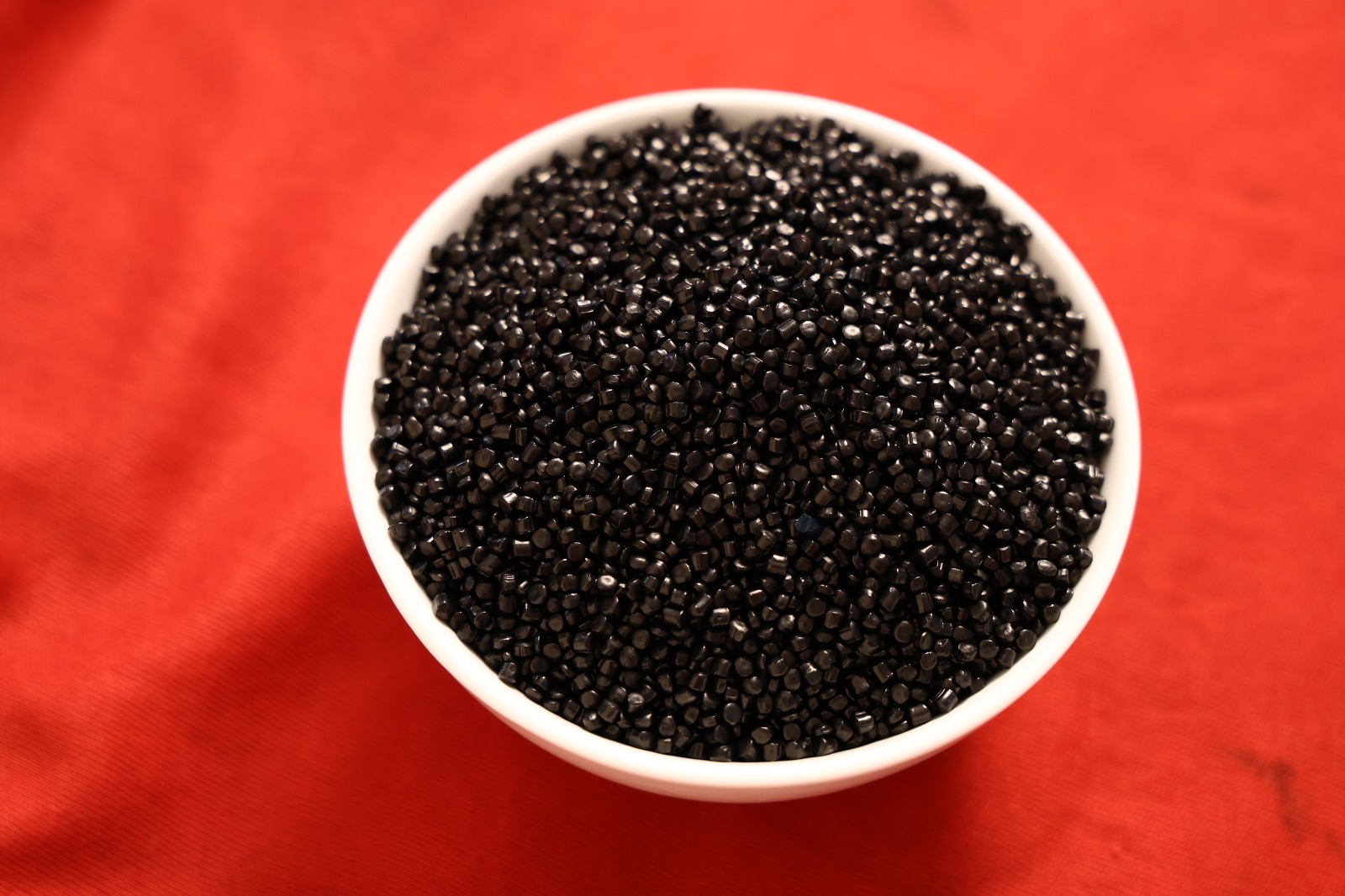High-Density Polyethylene (HDPE) is a versatile and widely used thermoplastic polymer known for its high strength-to-density ratio, chemical resistance, and durability. It plays a crucial role in various industries, including packaging, construction, automotive, and more. This guide delves into the properties, applications, and manufacturing aspects of HDPE, with a focus on its significance in India and the contributions of Surya Masterbatches.
Understanding HDPE
HDPE plastic is a type of polyethylene characterized by its minimal branching, resulting in a dense and strong material. It is produced through the polymerization of ethylene using catalysts like Ziegler-Natta or metallocene. The lack of branching allows HDPE molecules to pack closely together, giving it higher tensile strength compared to other forms of polyethylene.
Key Properties of HDPE

-
Mechanical Strength
HDPE exhibits a tensile strength ranging from 0.20 to 0.40 N/mm², making it suitable for applications requiring durability and impact resistance. Its rigidity and toughness are maintained even at low temperatures, down to -60°C.
-
Chemical Resistance
One of HDPE’s standout features is its resistance to a wide range of chemicals, including acids, bases, and alcohols. This property makes it ideal for containers and piping systems that handle corrosive substances.
-
Thermal Properties
HDPE has a melting point of approximately 131.8°C and can withstand continuous use temperatures up to 65°C. Its thermal stability allows it to retain its properties under varying temperature conditions.
-
Electrical Insulation
With a dielectric strength of 50 kV/mm, HDPE Compound is an excellent insulator, making it suitable for electrical applications such as cable insulation and conduit systems.
-
Moisture Resistance
HDPE does not absorb moisture, which is crucial for applications in damp environments or where water resistance is essential, such as in piping and packaging.
Common Applications of HDPE

-
Packaging Industry
HDPE is extensively used in the packaging sector for manufacturing:
- Milk jugs and water bottles
- Detergent and shampoo containers
- Plastic bags and films
Its strength, chemical resistance, and food-grade quality make it a preferred material for packaging applications.
-
Construction and Infrastructure
In construction, HDPE is utilized for:
- Pipes for water and gas distribution
- Geomembranes for landfill liners
- Cable conduits and protective coverings
Its durability and resistance to environmental stress cracking make it suitable for long-term infrastructure projects.
-
Automotive Industry
HDPE is used in the automotive sector for:
- Fuel tanks
- Bumpers
- Interior panels
Its lightweight nature contributes to fuel efficiency, while its strength ensures safety and durability.
-
Consumer Goods
HDPE is found in various consumer products, including:
- Toys
- Household containers
- Furniture
Its UV resistance and non-toxicity make it safe for everyday use.
-
Medical Applications
Due to its sterility and chemical resistance, HDPE is used for:
- Medical containers
- Surgical instruments
- Implantable devices
Its compliance with FDA standards ensures safety in medical environments.
HDPE in India: The Role of Surya Masterbatches
Surya Masterbatches is a prominent manufacturer in India specializing in color, additive masterbatches, and compounds, including HDPE compounds. Their HDPE compounds are tailored for various applications, ensuring enhanced mechanical properties and durability.
Key Offerings:
- HDPE Compounds for Wire & Cable Applications: These compounds provide excellent resistance to environmental weathering and stress cracking, making them ideal for cable sheathing and jacketing.
- Customized Formulations: Surya Masterbatches offers tailored solutions to meet specific client requirements across industries such as automotive, construction, and packaging.
Their commitment to quality and innovation has positioned them as a trusted supplier in the Indian plastic industry.
Environmental Impact and Recycling
HDPE is recyclable and is designated as recycling number “2”. Its recyclability contributes to environmental sustainability by reducing plastic waste. Recycled HDPE is used in products like piping, plastic lumber, and recycling bins.
Conclusion
HDPE’s unique combination of strength, chemical resistance, and versatility makes it an indispensable material across various industries. In India, manufacturers like Surya Masterbatches play a significant role in supplying high-quality HDPE compounds tailored to diverse applications. As industries continue to seek sustainable and efficient materials, HDPE stands out as a reliable choice for the future.
